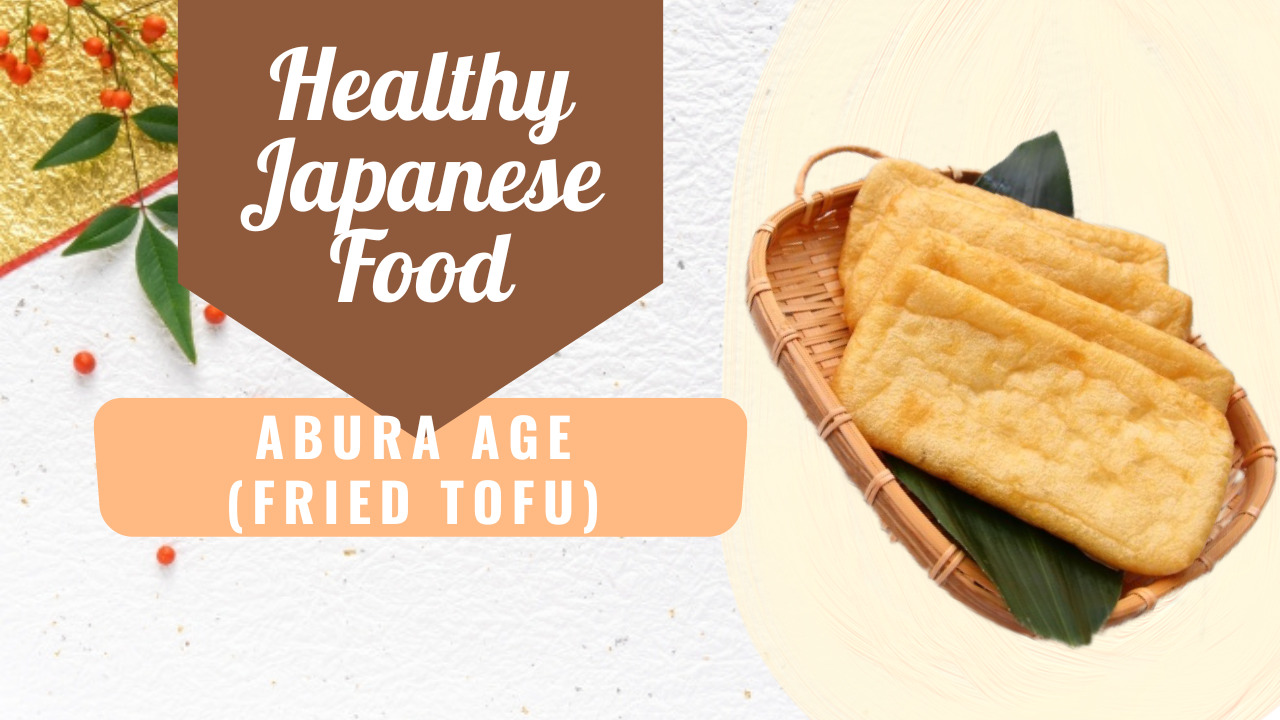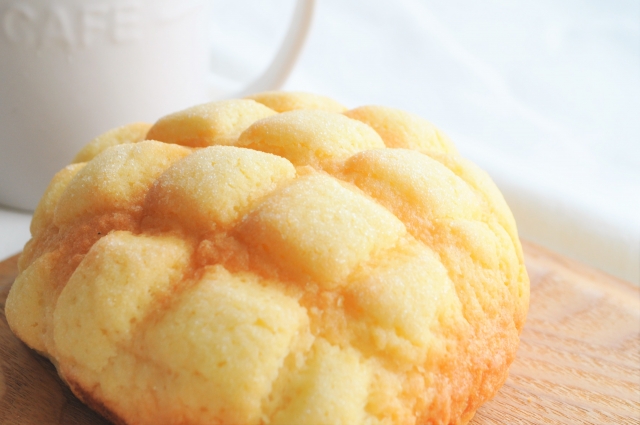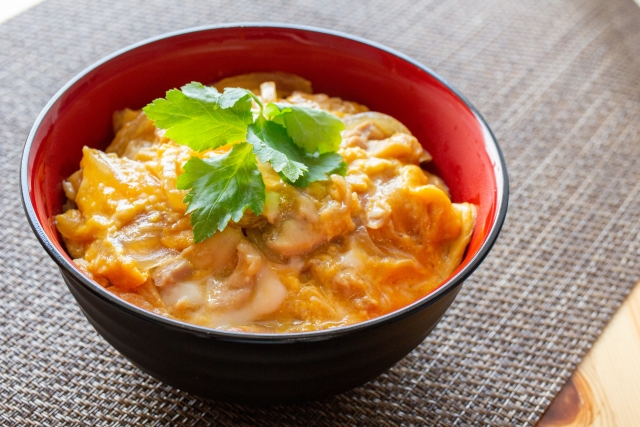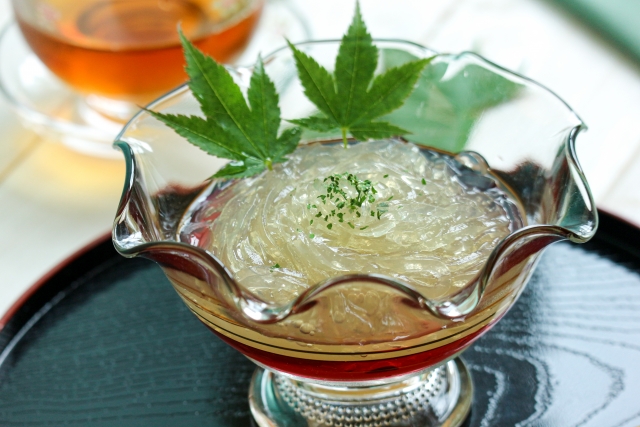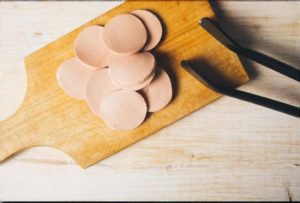
What do you serve with your curry?
People will have their own opinions on things like Rakkyo and raisins.
However, I think the most standard item in Japan is Fukujinzuke.
Here, we'll delve into the Japanese people's favorite accompaniment to curry, "Fukujinzuke".
What is "Fukujinzuke"?

What kind of pickles does fukujinzuke refer to in the first place?
The ingredients and the origin of the name are not as well known as you might think, except that it's red and sweet and even children like the taste.
Curry accompaniment, fukujinzuke. How did it get name?
Fukujinzuke is named after the seven gods of good fortune, since it originated in Tokyo (Shimodani, Edo) where seven different used ingredients.
What is Fukujinzuke made of? What are the ingredients for Fukujinzuke?
Depending on the season, you can find radishes, eggplants, cucumbers, white cucumbers, scallions, green beans, bricks, shiso, and It is made from ginger and other ingredients.
Sometimes shiitake and bamboo shoots are also added to it.
Which of the seven vegetables are associated with the Seven Lucky Gods?
It is said to be made with seven vegetables in honor of the seven lucky gods of fortune, from which it takes its name, but in reality, it is a pickle.
There are more than seven different types of vegetables that are ingredients in the The definition of fukujinzuke is that if any of them are in it, it is a true fukujinzuke.
There is no absolute requirement that these vegetables be included.
According to the definition of the Japanese Agricultural Standards, the ingredients for fukujinzuke are: radishes, eggplants, cucumbers, cucumbers, pears and Blessed are those made from five or more kinds of ingredients: lotus root, shiso, bamboo shoots, shiitake mushrooms, red pepper and sesame seeds.
There is no rule that says this vegetable must be in it just because it's approved as a pickle.
They don't have it. Therefore, different manufacturers may use different ingredients in their pickles.
However, Daikon is used in most of the fukujinzuke because of its role to bring out the crunchiness.
Like daikon, natamame is also used in the ingredients of almost all pickles.
What is "natamame"? It isn't so well known as a vegetable, but it is used to make almost all pickles.

The famous British fairytale "Jack and the Beanstalk" is a famous story, and some believe that the beans were the model for The natamame (Nata bean), also known as toe or tachimame, is a member of the legume family.
It is a very fast-growing plant that is said to have been used as a model for children's stories, and the mature ones are about 6 meters tall.
They can grow up to three feet tall. Mature pods can be up to 50cm long.
In the past, it was used as an herbal medicine.
In recent years, they have been used as a health food and tea.
Mature lentils are used for food, but they are hard, so unripe lentils with a pod size of 10 cm are harvested and used for fukujinzuke.
Why is "Fukujinzuke" used in curry?

By the way, don't you want to know how fukujinzuke became an accompaniment to curry?
It is said that Fukujinzuke, the perfect accompaniment to curry, secured its place in the Taisho era It is said that it was first served with curry by the cooks of NYK.
It is said that it was first served with curry by Nippon Yusen Company cooks.
It is said that this dish was first served with curry on ships sailing overseas during the Taisho era (1912-1926) by the cooks of the Nippon Yusen Company.
Before Fukujinzuke was served with pickles, they were served with pickles, but the sourness of the pickles is what the Japanese like.
When the cook served fukujinzuke instead of it, it seemed to be popular.
By the way, it seems that fukujinzuke was served only in the first-class guest room at that time. Eventually, this became the trigger, and curry came to be known as "fukujinzuke," which means "fukujinzuke" in Japanese.
In India, the home of curry, the chutney is considered to be a "lucky charm".
Chutney is also a sweet tasting pickle, so perhaps something that goes well with spiciness like curry is a sweet food.
What is the nutritional value, calorie content and shelf life of Fukujinzuke?
By the way, do you think the sweet-tasting fukujinzuke is high in calories?
It is true that it uses a lot of sugar and mirin, so it is not low in calories.
It also uses a lot of soy sauce, so it has a lot of salt.
Therefore, you should be careful not to eat too much to prevent excessive salt and sugar.
Of course, all the ingredients are vegetables, so you can get dietary fiber, but the salt content and calories are more important than that. The risk of overeating is higher, so be careful not to eat too much. However, since fukujinzuke goes so well with curry, sometimes you may overeat.
By the way, the expiration date of the best-before date of fukujinzuke is all right if you keep the date written on the package.
Since Fukujinzuke is highly seasoned, it can be stored for several months.
Especially, if there is not enough pickling sauce, it seems to get moldy in the refrigerator.
When you eat it, it is better to serve it with only the ingredients and keep the marinade in the refrigerator.
Fukujinzuke is the delicious food of Japan

Curry is a food that came from India, but Fukujinzuke is a pickle made in Japan.
Sweet fukujinzuke is perfect with spicy curry.
I think I'll be taking care of fukujinzuke in the future as well.


